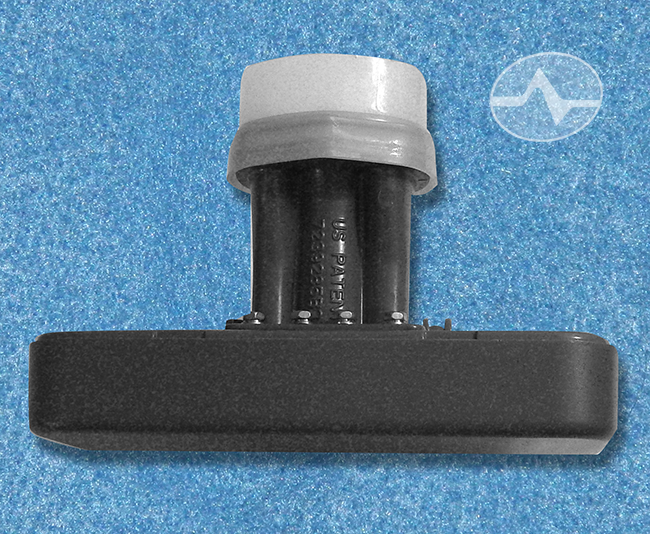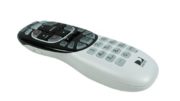If you look at Solid Signal, you will see hundreds of parts designed for waveguides. You can shape a waveguide, connect a waveguide, cut a waveguide… all of this sounds great unless you’re asking yourself:
What is a waveguide, anyway?
You can think of a waveguide as a hose for radio signals. Signals that come in are kept inside and directed, in an orderly way, down the waveguide to somewhere else where they can be received and put on a cable.
The shape of the waveguide makes this possible. Depending on what sort of signals you are trying to receive, the waveguide could be shaped like a hot dog or a box or a mostly round tube. Different frequencies respond to different shapes of waveguides.
Waveguide theory goes back to the very end of the 19th century and was expanded upon in the 20th century. Both coaxial cables and fiber optics can be thought of as waveguides. In a coaxial cable, the signal expands through the white foam dielectric. The outer metal shielding and the inner copper conductor act as the edges of the waveguide. In the case of fiber optics, the fiber itself acts as a waveguide, containing all the light and guiding it where it needs to go.
Why would you use a waveguide?
The most common reason to use a waveguide is that you don’t want your receiving antenna outside. It could be due to weather concerns or because you want the antenna to be in a controlled environment. Commercial operators use waveguides for very high-frequency signals where there could be some contamination from outside.
Another use of waveguides is to protect sensitive equipment that is actually outside. Home satellite dishes, including those from DIRECTV and DISH, use waveguides to focus signal on the actual receiving elements of the dish. Most of what you see on a satellite dish is just there to focus the signal. The big reflector on the back focuses the signal on the white plastic feed horn cover, and behind that is a waveguide that sends the signal to the tiny part of the dish that does the receiving.

You can see the waveguide in the image above of a DIRECTV LNB. It’s the part that has the words US PATENT coming off it.
Here’s an example. Let’s say you’re doing point-to-point microwave transmissions, for example from cell tower to cell tower. You might want to keep the actual transmission and reception equipment shielded. That way it doesn’t get stray signals from the area around it. So you would shield the actual antenna and use a waveguide to move that focused signal from one place to another.
Do hobbyists use waveguides?
Most average folks wouldn’t have a lot of use for a waveguide. It’s a strictly commercial thing, although I could imagine a case where some amateur radio operators might need one.
If you’re reading this article and asking what a waveguide is, you’re probably not the sort of person who needs a waveguide. That makes sense. If you know someone who does work with commercial broadcasting though, ask them to check out the great selection of waveguide materials and accessories available now at Solid Signal. If you don’t see what you’re looking for, call the experts! We’re here for you during East Coast business hours. Just call 888-233-7563 or fill out the form below.





